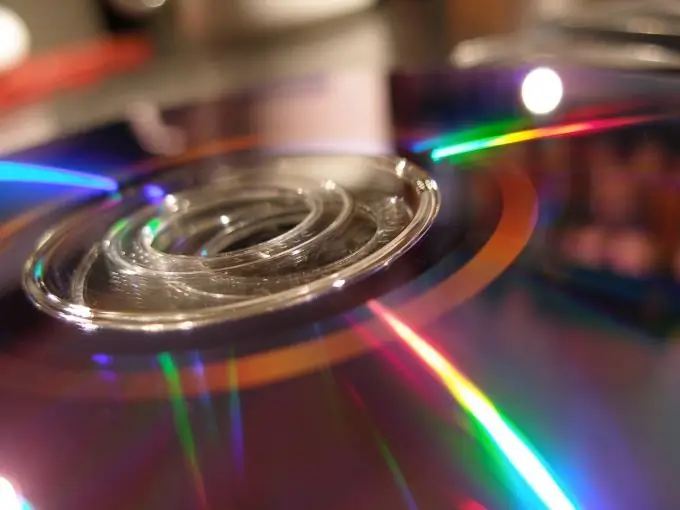To run various applications distributed on optical discs (CD or DVD), emulators are often used. They are capable of creating the illusion of reading data from an optical drive for the operating system, while in fact the reading comes from a special file called the "image" of the simulated disk. Sometimes it becomes necessary to mount two such images at the same time.

Instructions
Step 1
Install any emulator program that allows you to work simultaneously with several virtual optical drives. If your system does not yet have such a program, then you can download the Daemon Tools Lite application from the manufacturer's website - this is a free version of the emulator, which, nevertheless, can mount up to four disk images simultaneously. This program has proven itself well and has a simple and intuitive interface in Russian. Direct link to the download page of the Russian-language version
Step 2
Right-click the Daemon Tools Lite icon in the notification area of the taskbar (tray) after the application is installed and running. In the context menu that opens after this click, go to the section titled Virtual CD / DVD-ROM. The default settings tell the emulator to create only one virtual optical media reader, so there will be only two subsections with the names "Drive 0: no data" and "Setting the number of drives" - select the second one. In this subsection, click on the item "2 drives" and the emulator will create a second virtual reader. It will take a few seconds, during which the program will display a picture on the screen with the inscription "Updating virtual images". Its disappearance will mean that you can start mounting disk images.
Step 3
Right-click the program's icon again and again open the Virtual CD / DVD-ROM section in the context menu. Go to the subsection "Drive 0: no data" and select "Mount image" to launch a dialog box for finding a file with the desired disk image. Pressing the "Open" button will start the mounting procedure. Then repeat this step for the second disk image using the subsection named "Drive 1: no data" in the context menu.






